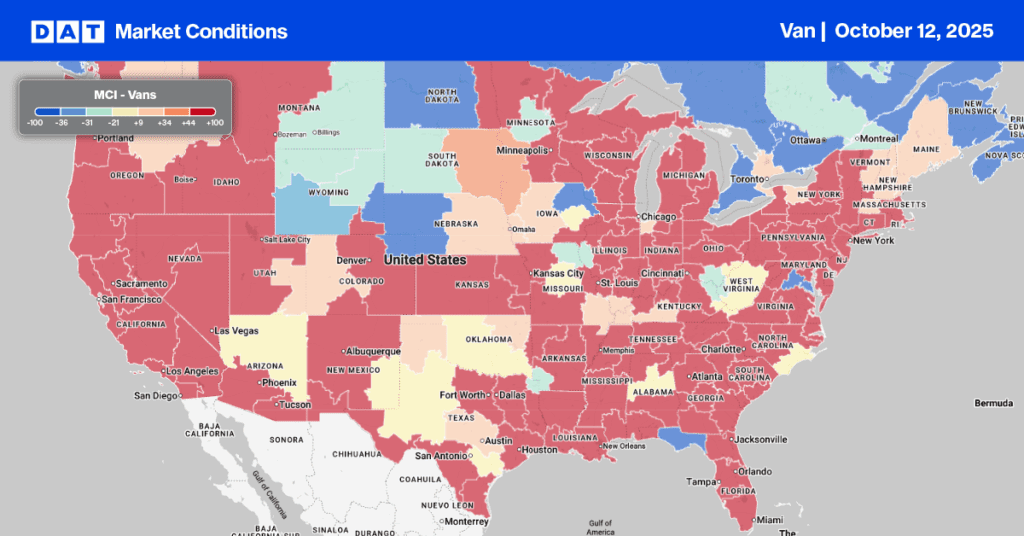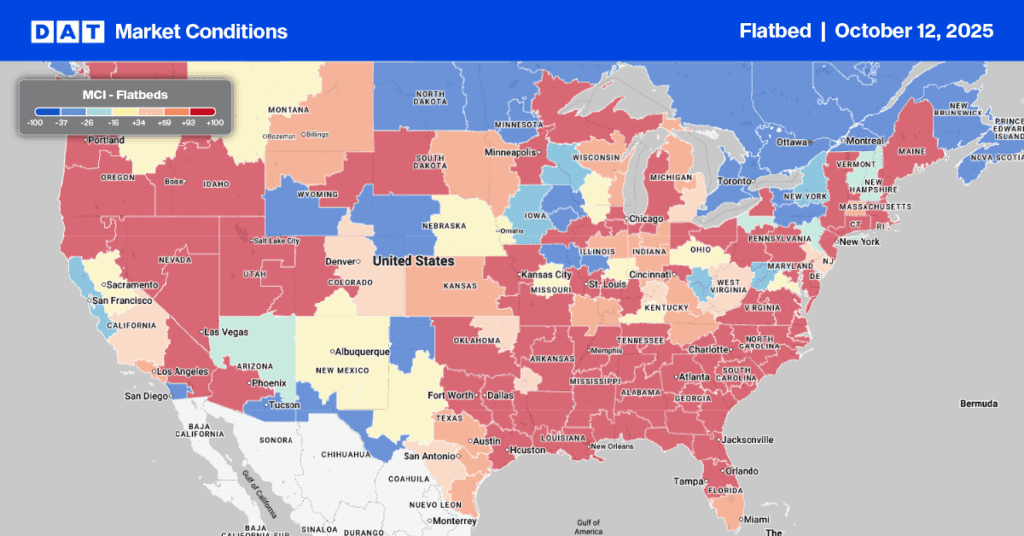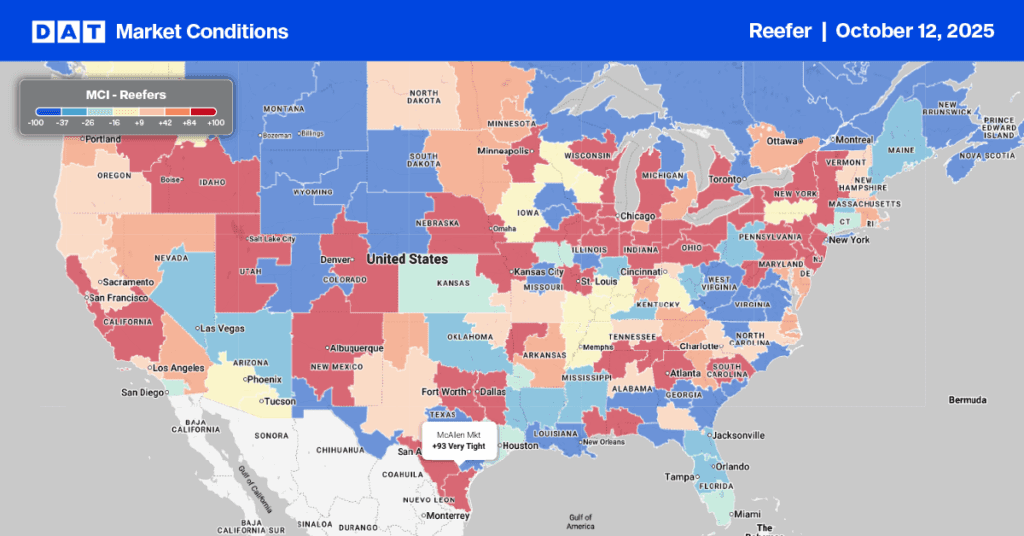Cargo theft has been around as long as I’ve been in the trucking industry, extending to the last century. The techniques and technology may have changed, but the threat and opportunities haven’t.
In 1987 a sophisticated crime ring was running the dock at a large air freight company in Sydney, Australia, when they spotted an opportunity with some high-value cargo. At the time, it was a load of Video Home System (VHS) players imported from Japan and destined for Brisbane some 650 miles overnight. Filled to the roof in the reefer van, the load of VHS players was worth an estimated $2.1m in today’s money, and for just $50,000, the bad guys would take the load off my hands. To give you an idea of how sophisticated the crime ring was, the call to my truck phone came in as they were loading my reefer van through the side door on the dock.
The threat for not accepting their generous offer was to have one of my steer tires blown out at top speed in the wee hours of the morning. Needless to say, I rejected the offer, and their failed attempt to stop my truck ended badly for them. Taking out steer tires and forcing trucks off the road was, unfortunately, a common practice in cargo theft in the 80s; nowadays, they’re far more sophisticated and not nearly as visible.
Today, organized retail crime (ORC) is a growing business following the pandemic-driven retail boom. According to the National Retail Federation (NRF) 2022 Retail Security Survey, “retail shrink” is a nearly $100 billion problem for the retail industry. The study found that the average shrink rate in 2021 was 1.4%, representing $94.5 billion in losses, up from $90.8 billion in 2020. While retail shrink encompasses many types of loss, it is primarily driven by external theft, including theft attributed to ORC.
According to Mark Matthews, NRF vice president for research development and industry analysis, “the factors contributing to retail shrink have multiplied in recent years, and organized retail crime (ORC) is a burgeoning threat within the retail industry,” said Mark Matthews, NRF vice president for research development and industry analysis. “These highly sophisticated criminal rings jeopardize employee and customer safety and disrupt store operations. Retailers are bolstering security efforts to counteract these increasingly dangerous and aggressive criminal activities.”
Cargo at rest is cargo at risk.
The NRF survey noted the greatest percentage of participating retailers experienced cargo theft while shipments were “en route from distribution centers to stores” (47.4%); this was followed by cargo theft at stores (42.1%) and while shipments were “en route from manufacturers to distribution centers” (35.1%).
Respondents were also asked to rank the specific points in the supply chain where they experienced cargo theft in order from most problematic to least problematic. “En route from distribution centers to stores” was identified as the most problematic by the greatest percentage of respondents; in fact, 68.5% ranked this element of the supply chain as the #1 or #2 most problematic element in terms of cargo theft. Similarly, 53.9% ranked “at distribution centers” as #1 or #2.
Cargo thieves are going to target what they know they can sell.
DAT Freight & Analytics spoke to Scott Cornell, National Practice Lead – Transportation, Inland Marine Crime & Theft Specialist at Travelers Insurance, to see how this is playing out in the transportation industry. According to Cornell, “In 2021, we saw that shift towards electronics in the second half of 2021, which has carried over into 2022. Now that we’re into the fourth quarter, what we usually see targeted is what people will want for Christmas. The golden rule is that cargo thieves will target what they know they can sell as they don’t want to have to sit on cargo. Food and beverage was number one from 2010 to 2020, and then the pandemic hit, and household goods took over as the number one stolen commodity.”
According to Cornell, “food and beverage is a fantastic commodity because you don’t have to activate a warranty on the internet. You can’t ping it on the internet. There’s no barcode on frozen chicken. There’s no serial number on the pistachio, and then all the evidence is consumed in a short period of time”.
Travelers Insurance advises clients to establish what they call a “red zone” around known hot spots. “We know that a lot of these organized rings will set up surveillance outside of distribution centers and then follow drivers away in hopes that they go a very short distance,” Cornell said. It’s not uncommon for truckers to leave a distribution center after loading and then stop at a nearby truck stop to get fuel, maybe use the shower, and have a meal, which allows cargo thieves to steal the load.
Travelers’ risk management policy for red zones would advise the driver do all of those things before they load. So when they pick up the load, they can drive for 200 to 250 miles before stopping deterring as many as 80% of cargo thieves. According to Cornell, “Most thieves don’t want to put that much effort into it, but over the last couple of months, we’ve seen a couple of loads followed all the way into neighboring states.”
How can carriers and brokers protect themselves from cargo theft over the holidays?
Of course, it’s not just loaded trucks in transit that are targets for cargo thieves. Trucks parked over the Thanksgiving break will be easy targets if left unattended as drivers spend much-needed time with family. Travelers expect a continuation of electronic cargo thefts, including hot items like new gaming consoles, computers, phones, and tablets, which will be popular for Christmas holiday shoppers. The list extends to alcohol, fresh turkeys, hams, frozen meat, and even frozen seafood.
Travelers prefer to work with their clients on risk mitigation through the implementation of procedures via a three-prong process:
- That first involves the implementation of red zones. This includes using stable drivers and not parking in stray gravel parking lots that are unpopulated and have low levels of visibility. Advising security partners and customers when you have to stage loads over the weekend, ensuring the staging area has security guards and a high level of security.
- The second involves additional layers of security, including hard-locking devices such as air cuff locks, landing gear locks on the trailer, and locks on the rear door.
- The third layer is the use of technology to facilitate the tracking of vehicles and loads. Using geodata from telematics devices installed in trucks, trailers, and loads alerts can be triggered when a vehicle arrives or leaves a high-value shipper or receiver location. The driver’s route is then geofenced so that the company dispatcher can track the load in real-time.
What areas should shippers, carriers, and brokers be on the lookout for?
According to Travelers, cargo theft patterns center around port city areas in California, Texas, Florida, Georgia, New Jersey, and the inland ports of Chicago and Memphis. All have ports, truck terminals, and large rail yards close to large populations connected by arterial highways enabling the rapid movement of stolen goods. They are also large economic regions with a consumer base that the cargo thieves need. According to CargoNet, thefts over the July 4 weekend were most frequent in Texas, California, Florida, and Tennessee. More specifically, activity was most frequent in major cities such as Los Angeles, Dallas, and Memphis.


